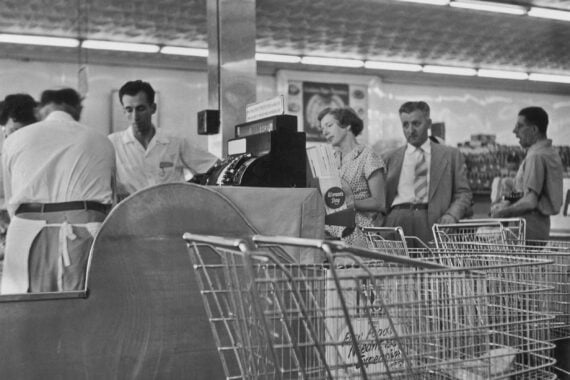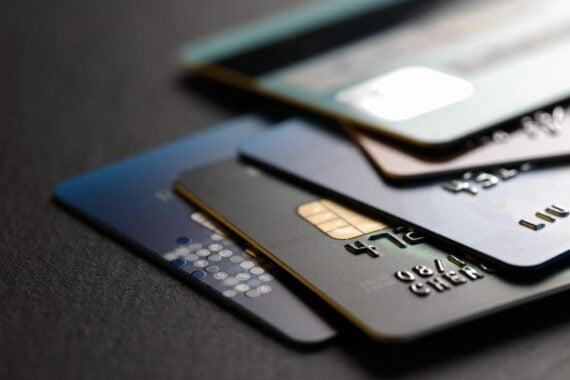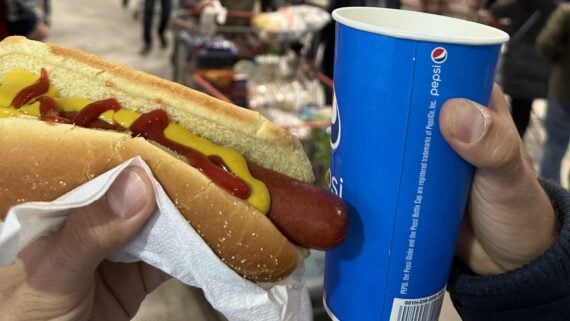The supermarket has been a staple of American life ever since the first one, a Piggly Wiggly, opened in Memphis, Tennessee, in 1916. Ever since, we’ve scoured the aisles in a quest to fill our pantries without overpaying. And while they may look much the same on the surface, grocery stores continue to evolve as our shopping habits change. From the disappearance of green stamps to the rise of online ordering, here’s how our local supermarkets have changed over the past several decades.
Stores Grow, Then Shrink
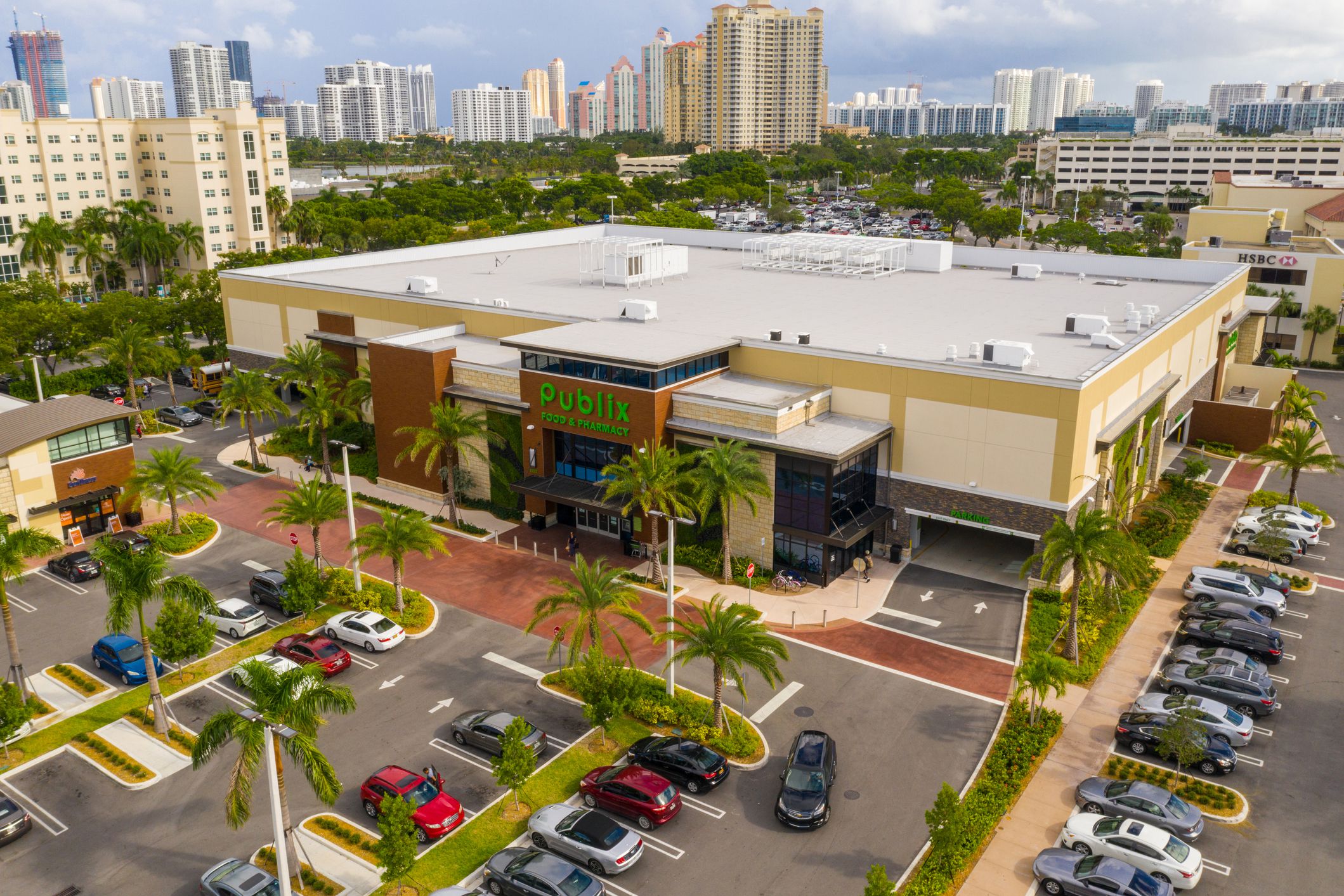
In the ’60s and early ’70s, most grocery stores were a compact 10,000 to 15,000 square feet; today, they average 45,000 square feet, according to Grocery Dive. In fact, at some of the biggest supercenters, it might feel like it takes 10 minutes just to walk to the back corner for a gallon of milk. If that’s a pet peeve, take heart: There’s some evidence that the pendulum is swinging back the other way, with many retailers debuting smaller-format locations that appeal to customers who want to shop more quickly and efficiently.
More Products to Choose From …

… But Fewer Stores
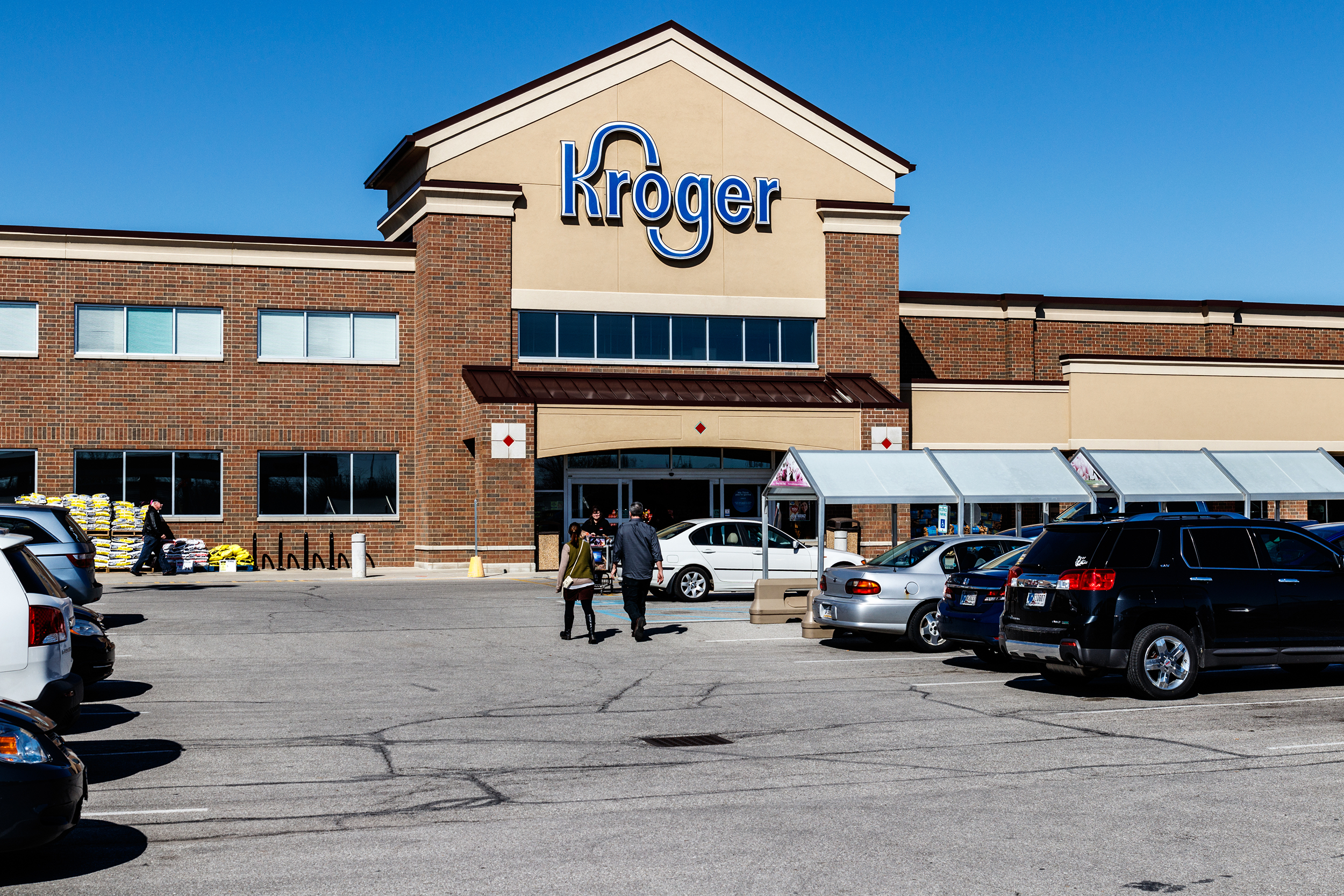
In the ’70s and ’80s, chances are you shopped at a local or regional grocery chain, but the past couple of decades have been marked by industry consolidation. For instance, by 2009, the nation’s top four food sellers sold more than half of its groceries, double the proportion that they sold a decade prior. Today’s grocery industry is dominated by mega chains like Kroger, Walmart, and Albertsons, companies that are poised to continue gobbling up smaller regional and specialty chains to improve their bottom lines.
Stores Keep Longer Hours
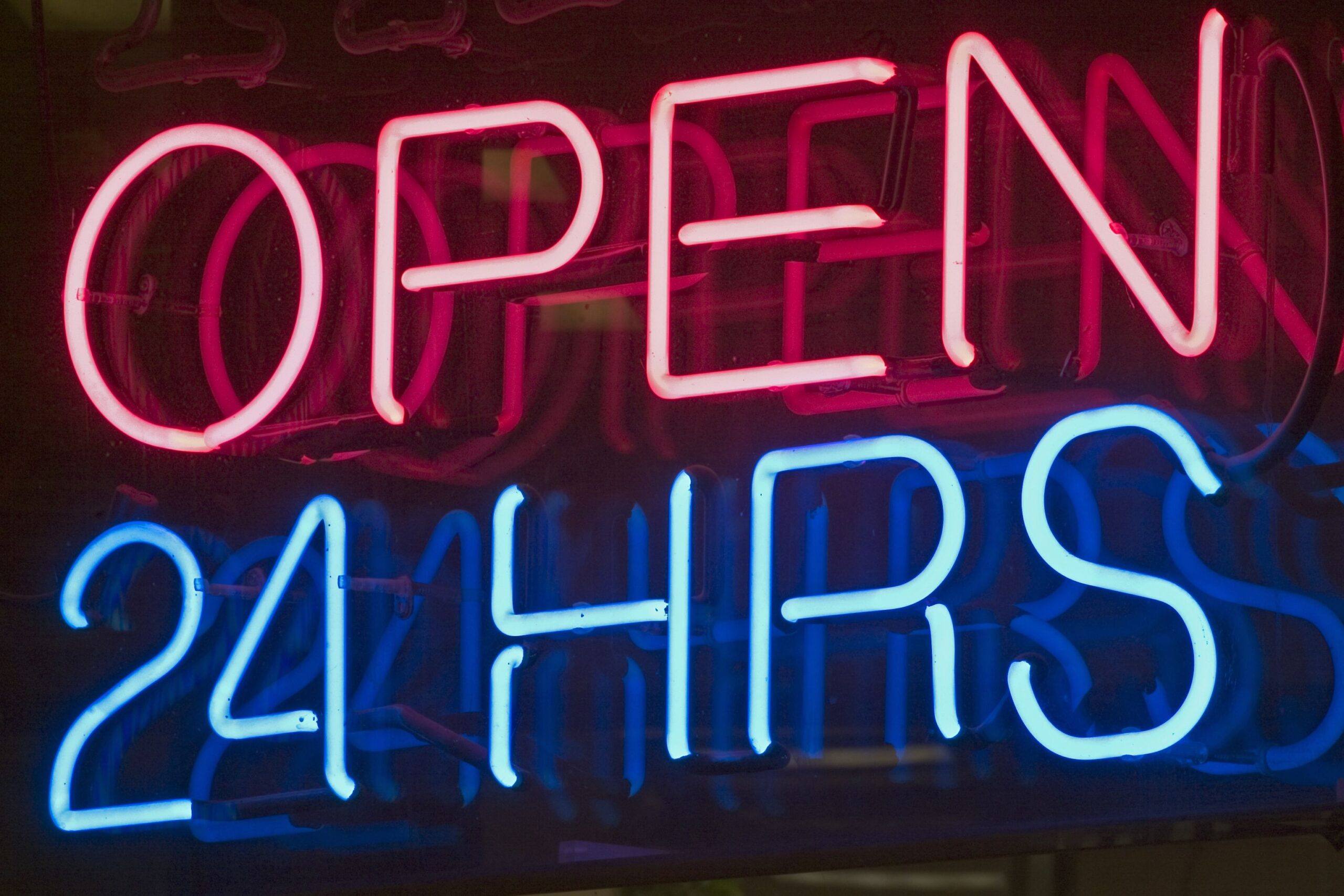
In the 1950s, your local supermarket may have only kept its doors open beyond daytime hours for one evening a week; Sunday hours were still almost unheard of. The early ’70s brought stores that stayed open 24 hours a day, 7 days a week, but that was the case for only a small fraction of the nation’s most profitable markets. Today, there are plenty of 24-hour groceries out there, but the rise of e-commerce means the pendulum is swinging back toward slightly more limited hours. You’ll still have plenty of shopping time: Many Krogers, for instance, open at 5 or 6 a.m. and don’t close until midnight or 1 a.m.
Organic, Organic, Organic
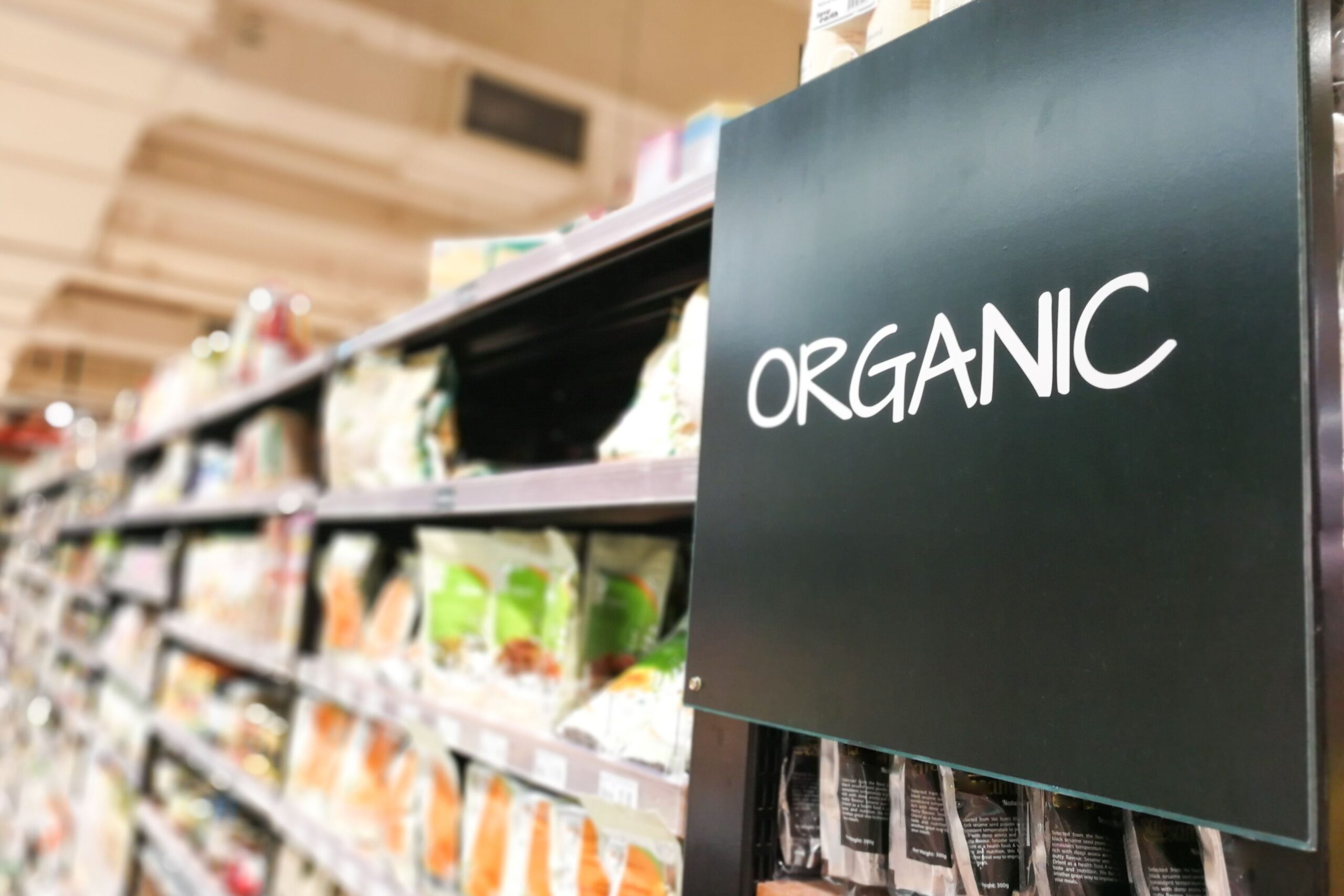
Related: 23 Items That Are Cheaper at Whole Foods
Trending on Cheapism
Local, Local, Local
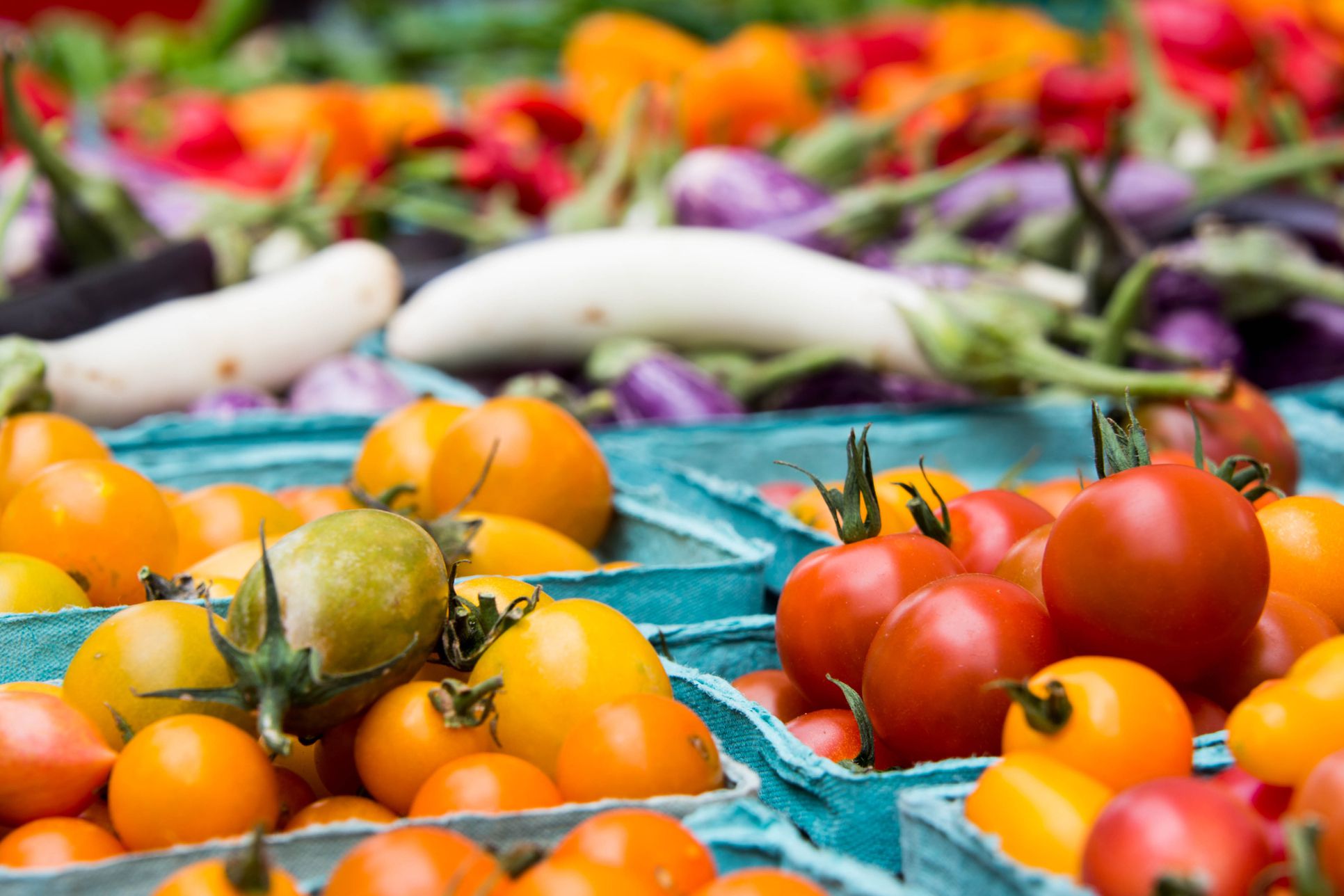
You’re also far more likely to see locally grown or sourced products at your supermarket today than 50 years ago, when local produce and other foods were almost exclusively found at roadside stands and farmers markets. Today, those outlets face competition from huge chains like Whole Foods, though buyers should note that big stores’ definitions of “local” may differ from their own (Kroger, for instance, has said it will slap a local label on food sourced from as far as 400 miles away).
Store Brands Gain Respect
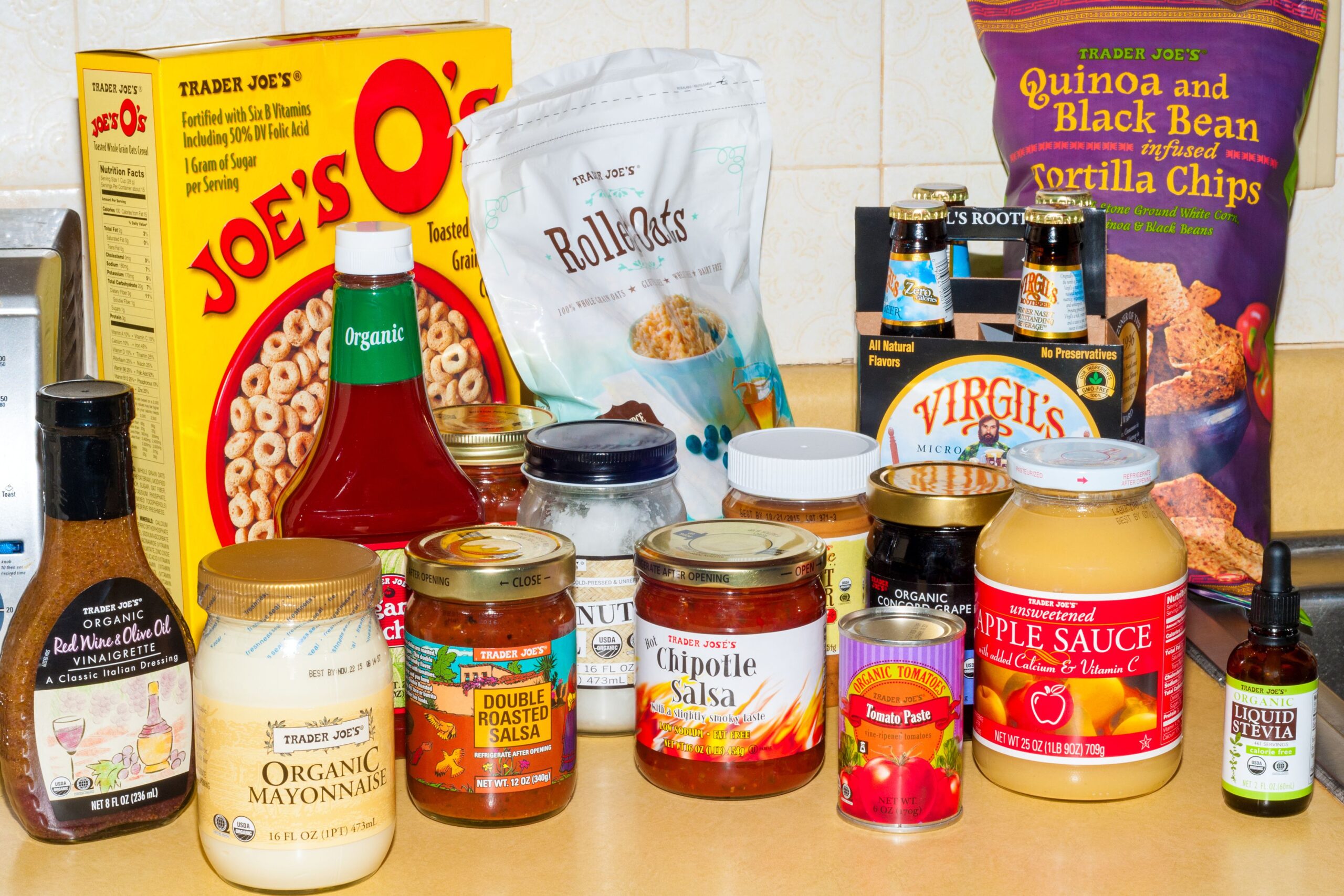
Food Goes Global
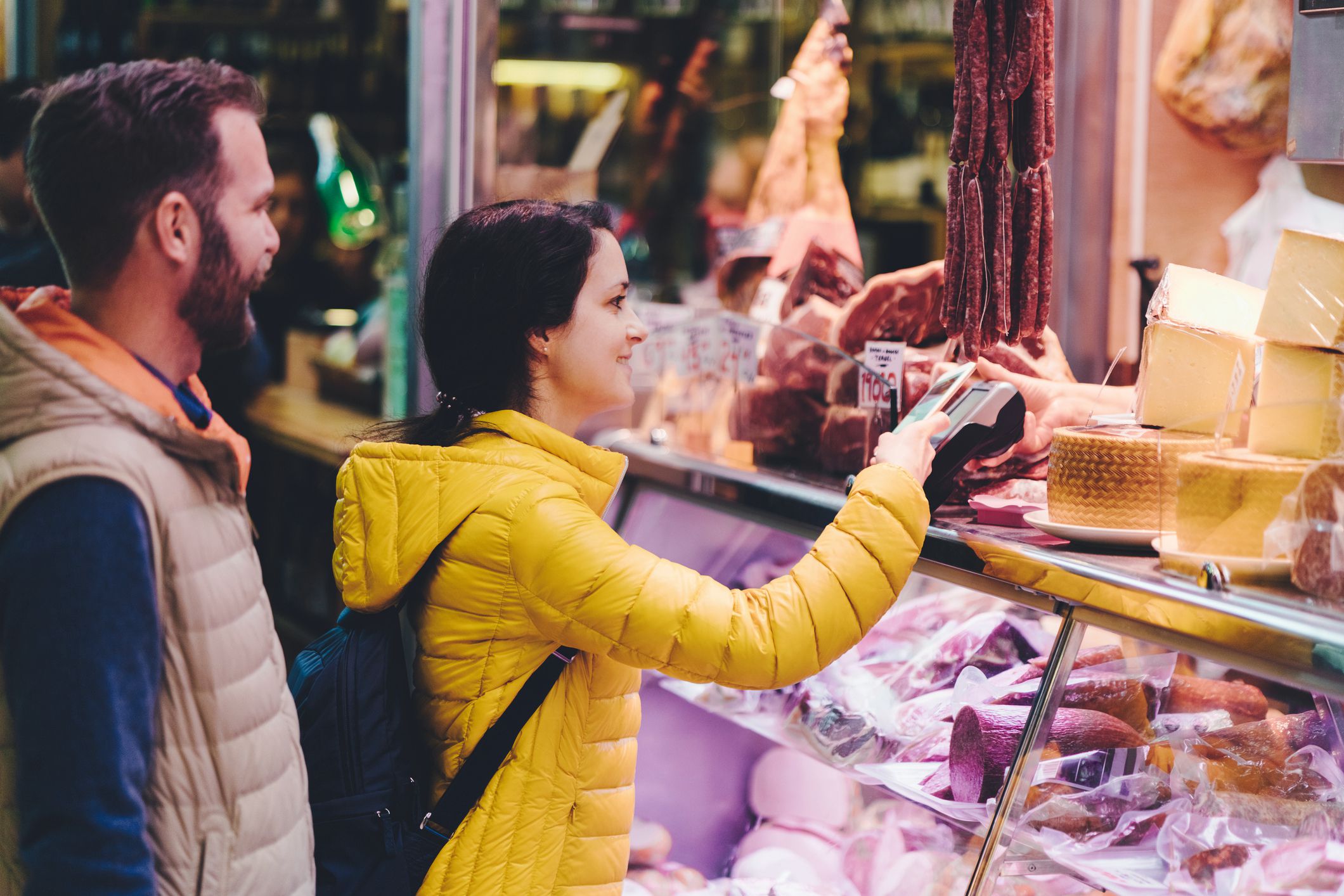
Sign up for our newsletter
The Rise of the Barcode …

It’s hard to believe that 50 years ago, grocery clerks were sticking price tags on nearly every product, and check-out clerks had to manually enter prices to figure out your total. But 1974 saw the first successful test of barcodes at an Ohio grocery store, streamlining the process of both stocking and buying groceries. Today, a visit to your local Aldi will show you just how efficient this process can be — the German grocery chain plasters its products with barcodes so that clerks can scan them as quickly and efficiently as possible.
… and the Disappearance of the Checkout Line
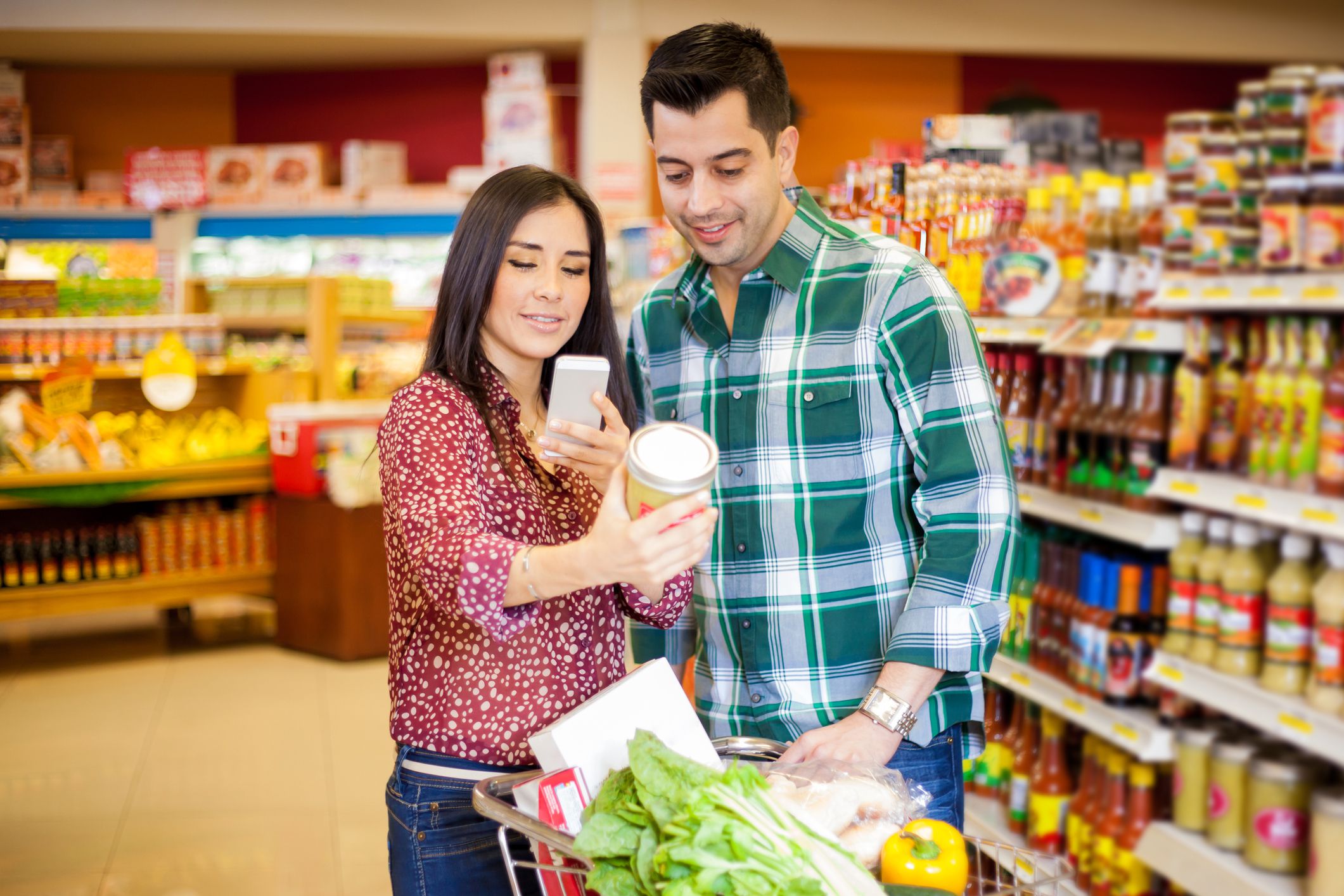
Of course, the barcode has enabled another innovation that would seem downright alien to shoppers of the ’60s and ’70s: self-checkout. At virtually all large chains, today’s shoppers can scan their items themselves in self-checkout lanes, which is especially convenient for small orders. Some stores are even taking the technology one step further, allowing shoppers to scan items as they shop with their own smartphones and pay with a previously saved credit card to eliminate the need to “check out” at all.
Related: These Stores Are Getting Rid of Cashiers and Checkout LanesGreen Stamps Give Way to Loyalty Cards
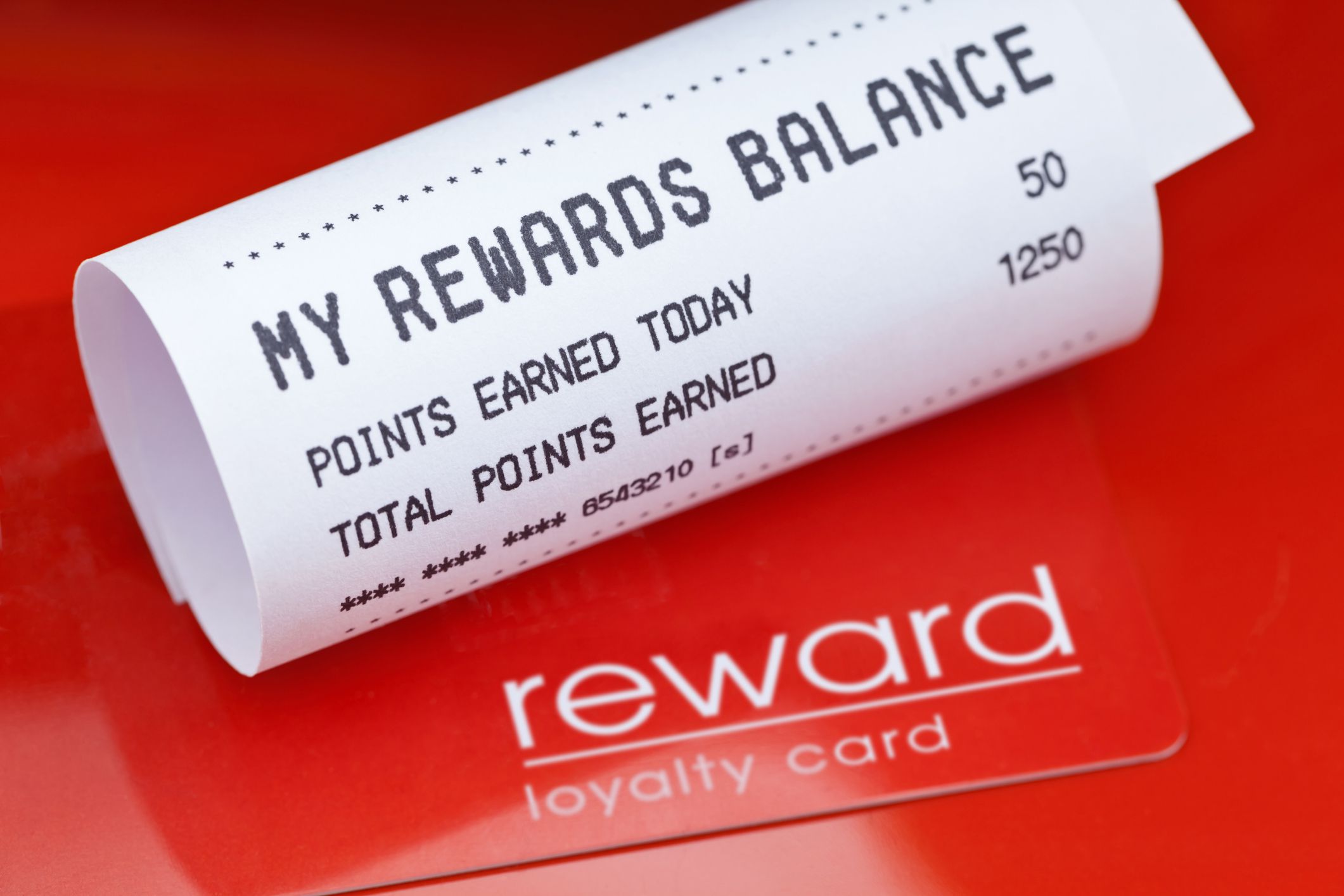
In the ’60s and early ’70s, almost everyone had a drawer full of S&H Green Stamps that they’d earned by making purchases at the local grocery store. The stamps could be collected and traded in for various merchandise — for instance, three books of stamps for a crystal wine glass set, or a whopping 150 books for a color TV. The stamps gradually faded away in the ’80s and ’90s as stores turned to cheaper ways to attract and retain customers, including double coupon offers and today’s ubiquitous store loyalty cards.
Big Brother Knows What You Buy
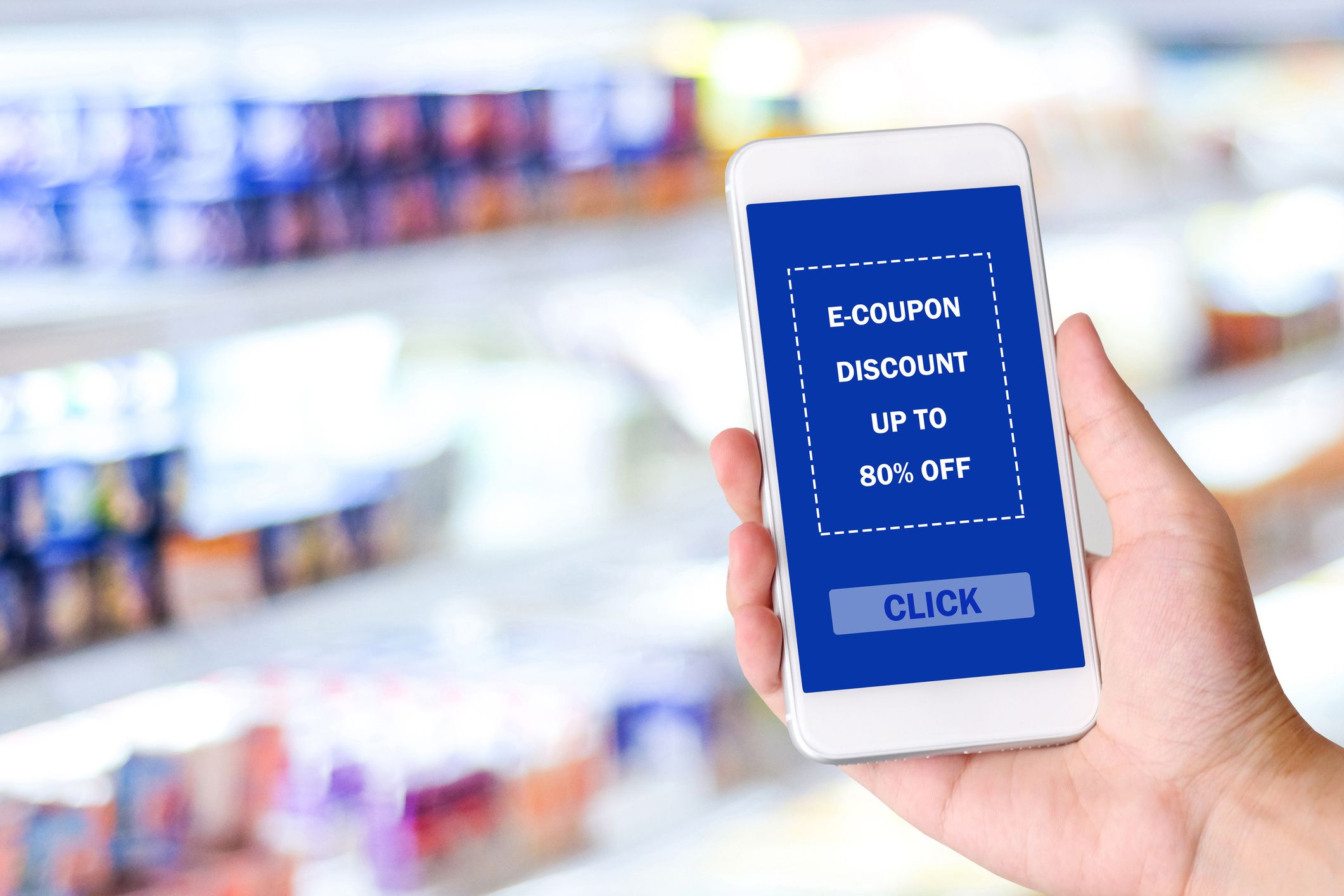
In the ’70s, even the most loyal shopper could make their purchases with some degree of anonymity, but today’s grocery stores have made tracking what you buy into an art form. The loyalty cards that allow access to sale prices and other special offers also mean stores get detailed data on what we buy and how often. While most shoppers don’t mind the personalized coupons and offers that result from this data gathering, our information is also sold to third-party companies who can use it as they wish — a practice that gives many shoppers pause.
Curbside Pickup Becomes the Norm
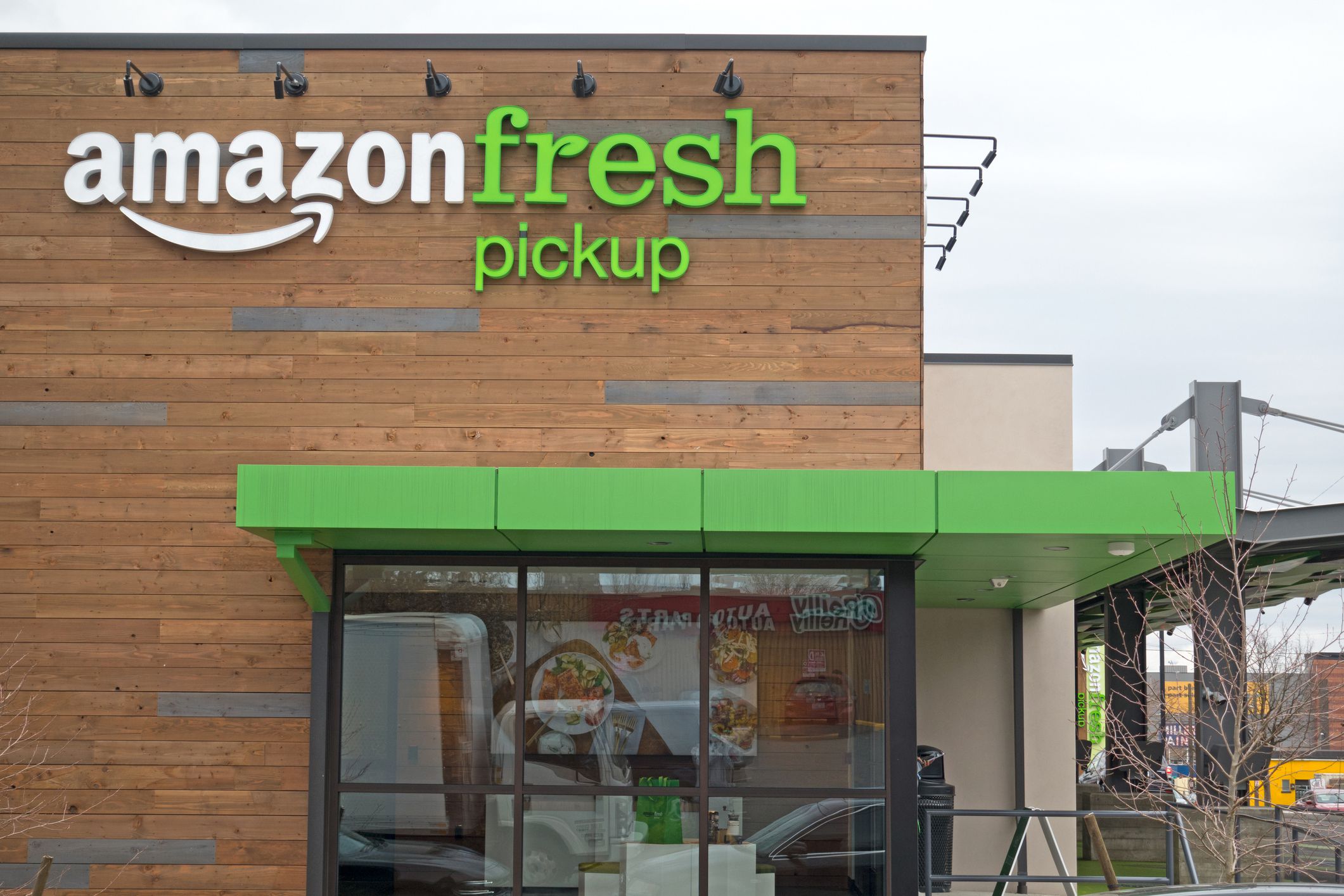
Home Delivery is Back After Fading Away
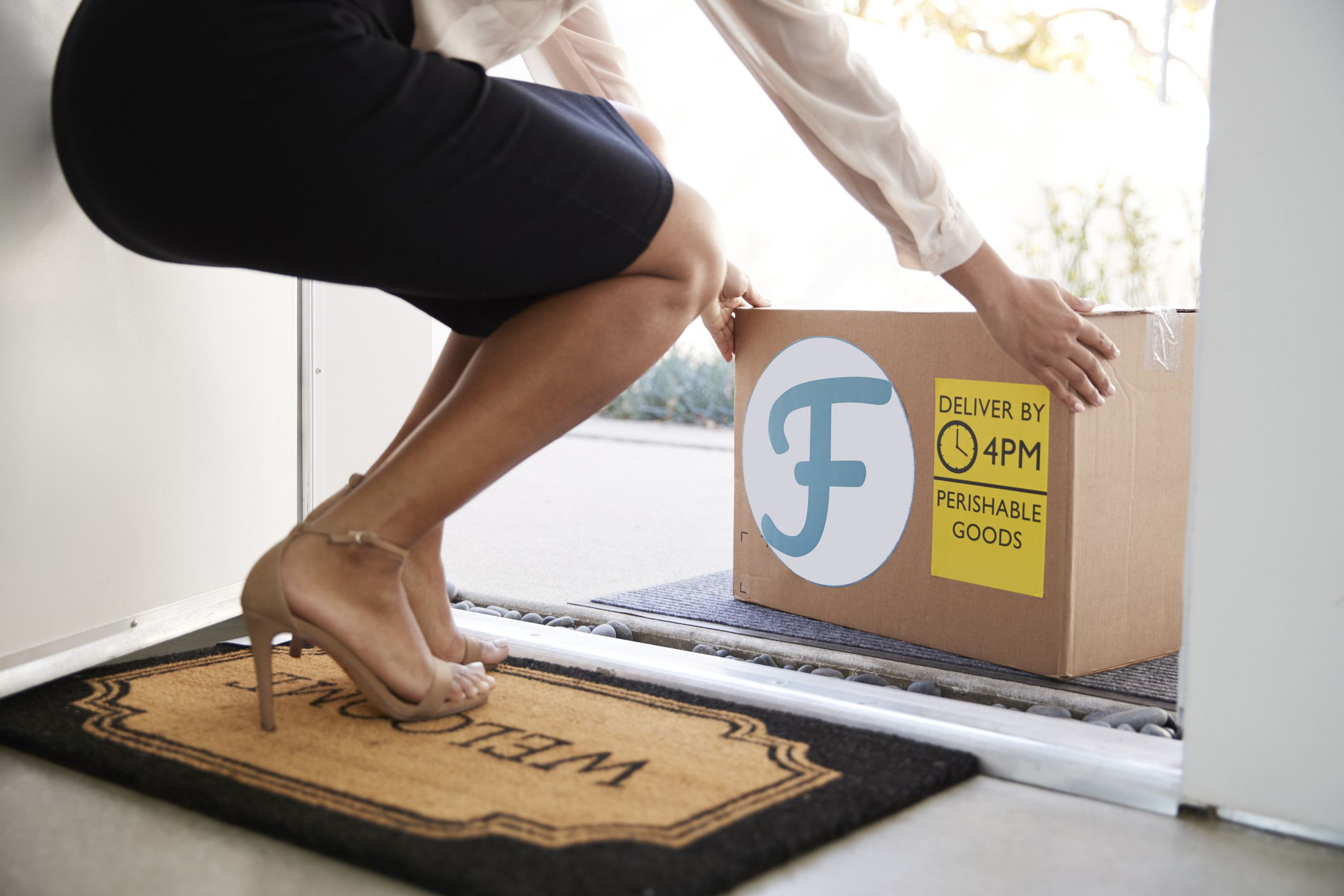
In the ’60s and even early ’70s, home delivery of groceries wasn’t totally unheard of, but it was in decline. The milkman delivered to close to 30% of U.S. households in the early ’60s, but just 7% by the mid-’70s, largely thanks to the advent of much larger refrigerators. Of course, because of the internet, the luxury of home delivery is back, and major chains offer delivery in as little as an hour. Online grocery purchases are projected to reach $38 billion in 2021, up from just under $20 billion this year.
Stores Offer More Diverse Services …
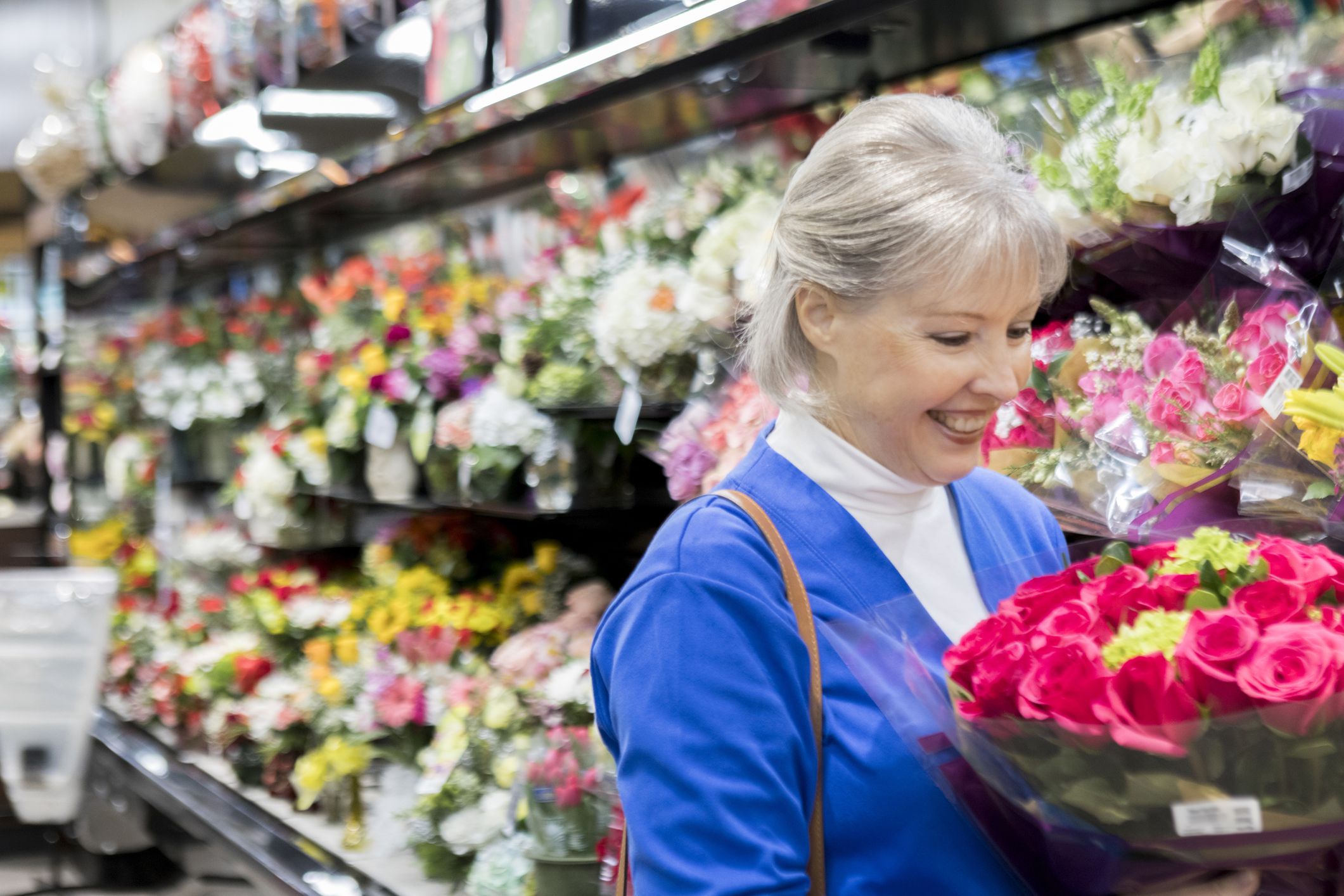
Fifty years ago, grocery stores sold food and not much else; today, many of them are one-stop shops where you can also fill a prescription, cash a check, get a physical, drop off your dry cleaning, buy your grandchild a toy, and pick up a fresh bouquet of flowers. It wasn’t until the ’80s that many stores amassed enough square footage to offer these diverse services, now the norm at the nation’s “supercenters.” The format is best exemplified by Walmart, the nation’s biggest retailer and its largest food seller, too.
… and Interactive Experiences
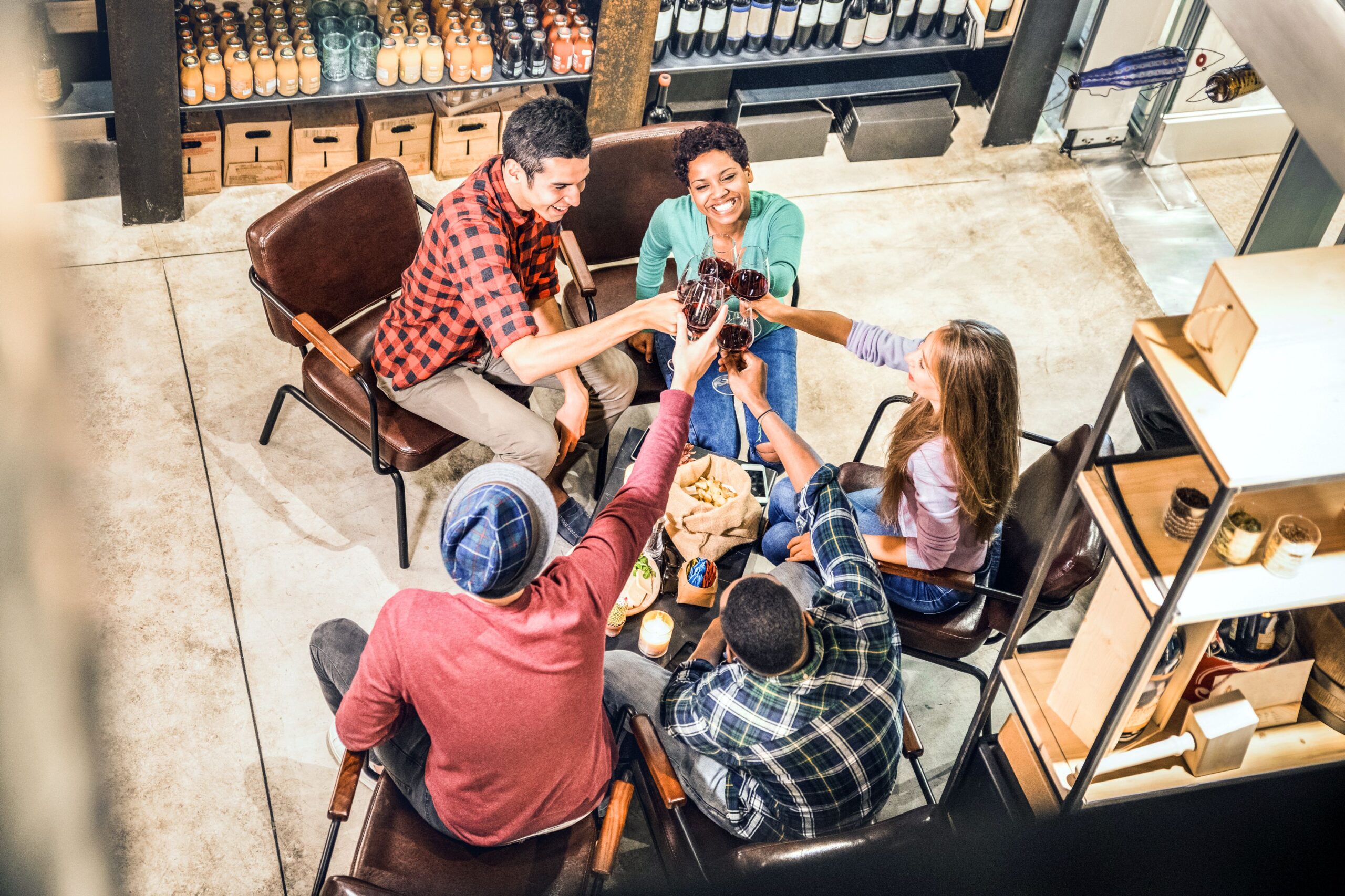
Decades ago, the only “experience” you could count on at the supermarket was listening to bland elevator music as you perused the cereal aisle. Today, as more customers head online for their purchases, grocery stores have recognized that they need to make shopping more interactive and enjoyable, turning supermarkets into destinations. Two common ways they’re accomplishing that: The addition of in-store bars serving up wine and beer, and cooking demonstrations that show shoppers how to whip up a quick meal with the ingredients that surround them.
More Food Comes Ready to Eat
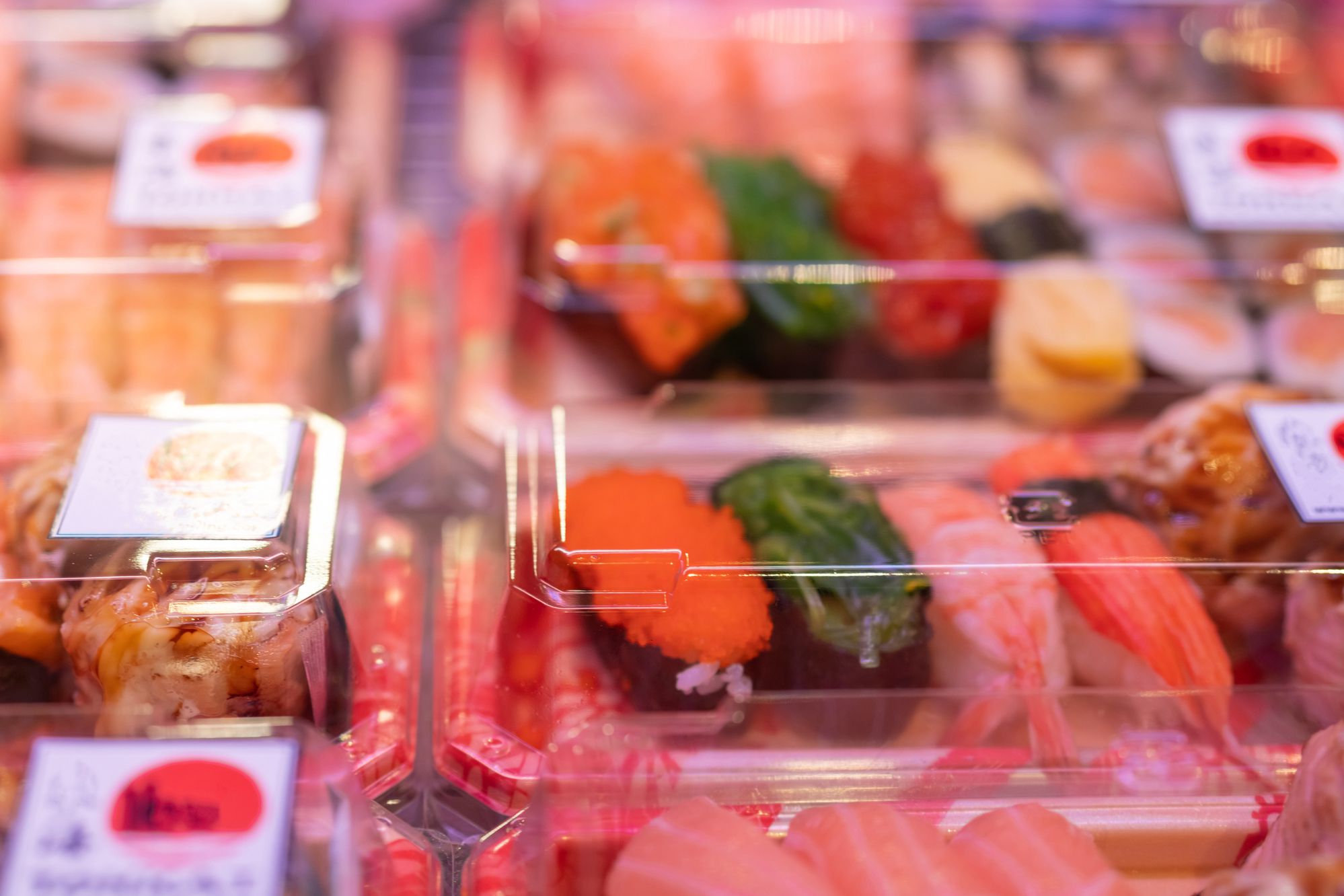
Though the 1970s saw the continuing rise of frozen foods and other convenience products, recent years have seen massive growth in grocery stores pushing prepared and ready-to-eat meals. It’s easy to see why: In the early 1980s, 75% of dinners eaten at home were actually made at home; a few decades later, that number was less than 60%. Grocery stores have been all too happy to hawk an increasingly diverse slate of no-real-cooking-required food, including traditional grab-and-go deli fare and more exotic options like wood-fired pizzas and store-made sushi.
